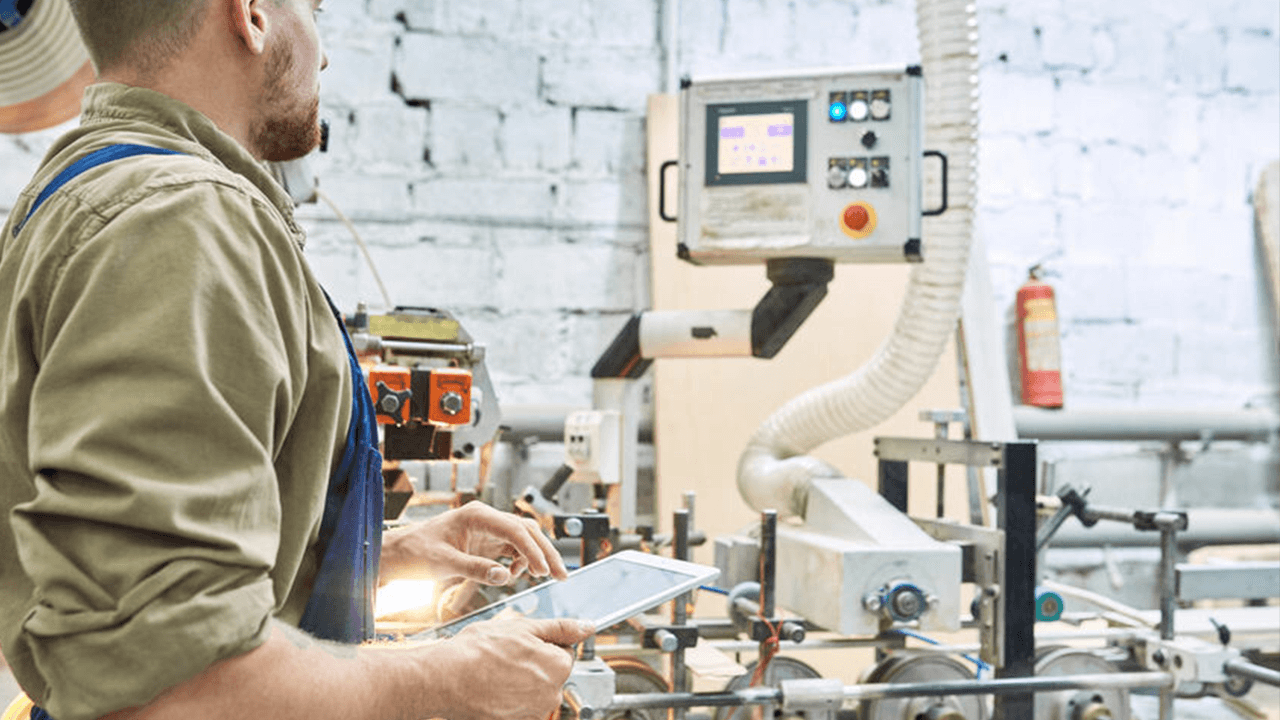|
A lot of manufacturers coming to IMTS 2020 will have digital manufacturing on their minds. As digital technology in the manufacturing world continues to find its footing, many see it as necessary for competing in the marketplace. According to AMT Vice President and CTO Tim Shinbara, digital tools are firmly establishing themselves as essential for simplifying and improving manufacturing businesses. Every investment that a shop makes is a business decision, which means that every investment has to pay for itself,” Shinbara says. “What data-driven manufacturing does is provide the infrastructure to improve how a business runs.” Essentially, these digital tools are designed to provide resources for making informed decisions on how to run a shop.
IMTS 2020 runs from Sept. 14-19, will occupy all four buildings of Chicago's McCormick Place and is poised to offer more than 1.42 million sq. ft. of exhibit space. For more information, check out IMTS. Reference: mmsonline
Comments are closed.
|
Proudly powered by Weebly



